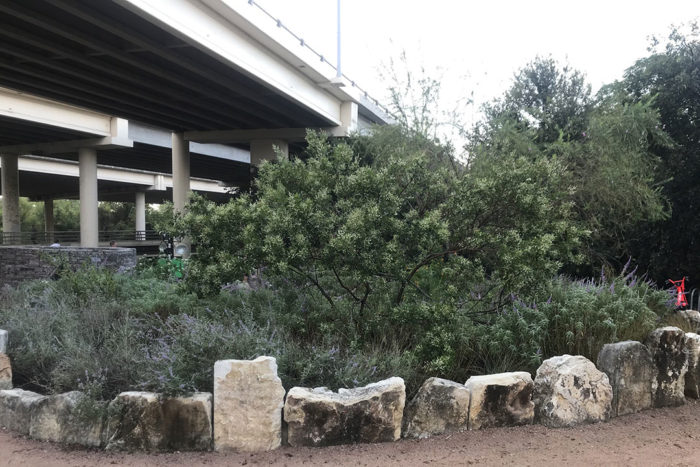
Mention rain gardens, and many folks imagine lush pondside displays. This type of garden, with permanent standing water, is more accurately called a wetland garden or water garden. A rain garden is a garden bed located in a depression in a landscape that only holds water for up to about 48 hours after a rain event. Rain gardens, in addition to their natural beauty, serve a number of interesting and valuable purposes in a landscape, including water conservation, water quality protection, and flood and erosion mitigation. The first function, water conservation, is perhaps the most intuitive to understand because the plants in a garden bed that collect water runoff are naturally going to need less supplemental water. And rain gardens don’t just collect rainwater runoff; they filter it. After water is collected, it is slowly absorbed by the soil, which acts as a filter for pollutants, sediment, and debris carried by the rainwater. These actions also lead to flood and erosion mitigation by simply slowing down the speed with which the water moves across the landscape and diverting it to a desired path (into the rain garden for absorption).

In the Southern Plains, we have a number of concerns to consider when planning and designing our rain gardens. Our drought and flood rainfall patterns, soils, and hot summers create a few special considerations to keep in mind when we’re making a rain garden. Our hot summers are prone to mosquitoes, and standing water provides a breeding ground for them. Design and maintain your rain garden to hold water for only a day or two so that it doesn’t become a mosquito breeding area. Additionally, some of the native soils in Texas and Oklahoma are high in clay or very compacted and therefore don’t drain well. Since a rain garden must have water-permeable soil to fulfill its critical functions, make sure your rain garden soil is adequate for that purpose. All technical and practical considerations aside, rain gardens can be absolutely gorgeous and a real opportunity to grow some interesting and different plant species.
Steps for Creating a Rain Garden
1. Evaluate your site
Select a site that will naturally collect rainfall from the landscape. This can be near a gutter downspout, in a natural depression, or at the end of a swale. Look for a ground slope of less than 10%, and don’t build your garden where overflow runoff might disturb your neighbor, yourself, or any buildings. Ideally, you want a spot with well-drained soil so that water doesn’t collect for too long. Also, more water comes off roofs than most people realize; plan for that. Gutter downspouts and areas near roof runoff can be excellent sources of water for a rain garden. Just make sure to think about and plan for where your rain garden will overflow during a large storm. I also avoid siting rain gardens in very shady areas simply because shade-loving plants tend to be slower growers and much less showy. Fast-growing plants are better suited to rain gardens because they bounce back more quickly from adverse events such as floods.
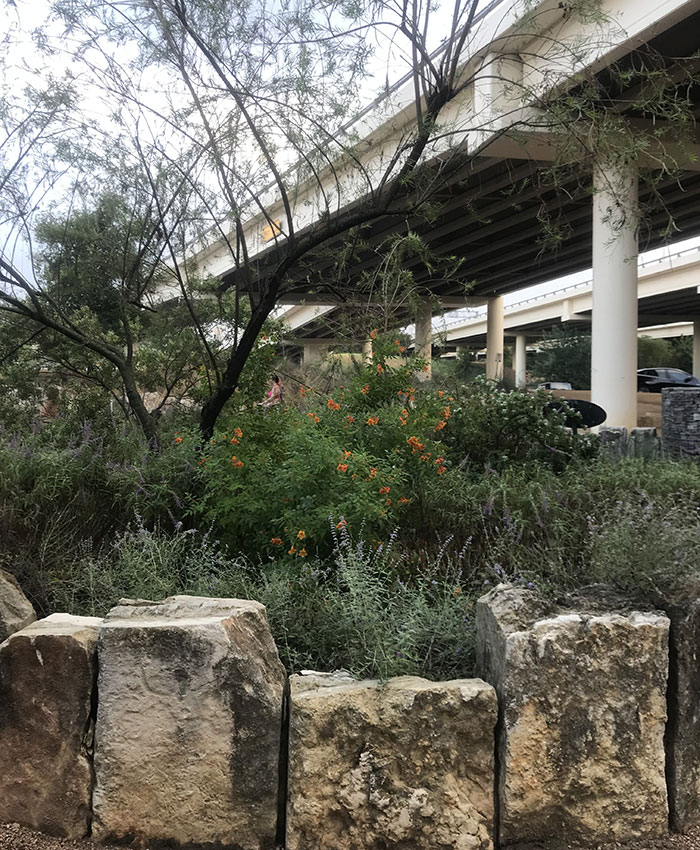
2. Construct your bed
There are some good online resources (see below) that can help you with this stage. You can also keep it simple: Dig soil out of your proposed bed area about 6 inches deep. Slope the sides gently, and loosen the soil in the basin of the bed about 3 inches deep. Make sure that the edges of your rain-garden bed aren’t higher than the surrounding landscape. (This runs contrary to typical garden bed construction, which almost always has edges higher than the surrounding landscape.) You want to make sure that water is directed toward your depression, or you won’t have a rain garden at all.
3. Plant your bed
For many gardeners, plant selection is where the real fun begins. Native or adapted plants are ideally suited to a rain garden because they require minimal maintenance and supplemental irrigation. Remember that your rain garden is not going to stay wet all the time, so the plants, especially the ones located on the perimeter, need to be drought tolerant. Plants in the basin of the rain garden can be wetland edge species, which can generally take dry and wet conditions. Below I’ve listed a few of my favorite plants for rain gardens in the Southern Plains.
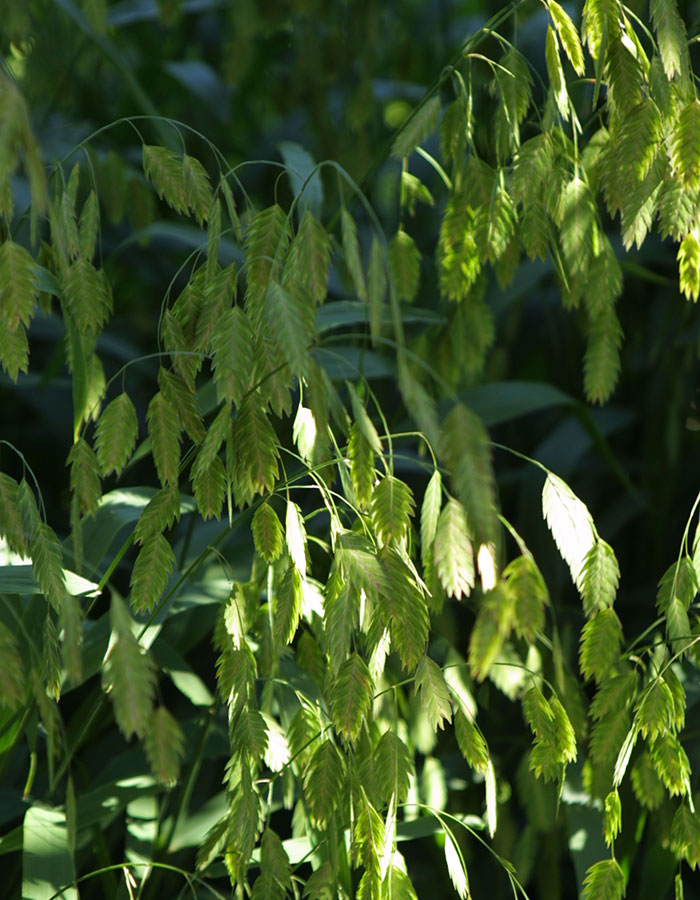
Grasses (or grasslike plants)
- Inland sea oats (Chasmanthium latifolium, Zones 3–8)
- Eastern gamagrass (Tripsacum dactyloides, Zones 4–9)
- Horsetail (Equisetum hyemale, Zones 4–9)

Shrubs
- Buttonbush (Cephalanthus occidentalis, Zones 5–9)
- False indigo (Amorpha fruticosa, Zones 4–9)
- Palmetto (Sabal minor, Zones 7–10)
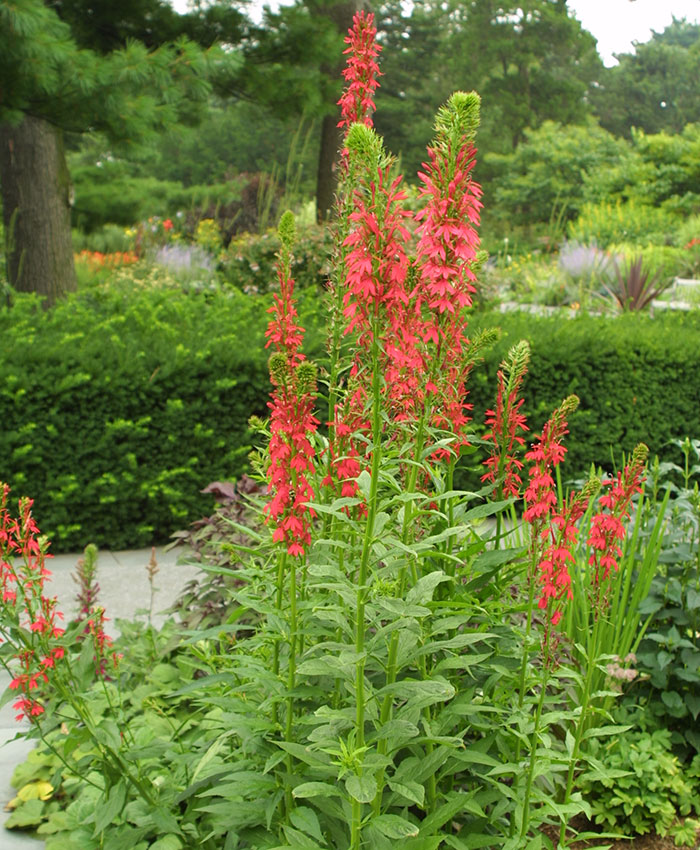
Tall herbaceous
- Cardinal flower (Lobelia cardinalis, Zones 3–9)
- Spring obedient plant (Physostegia intermedia, Zones 6–10)
- Fall obedient plant (Physostegia virginiana, Zones 3–9)
- Swamp milkweed (Asclepias incarnata, Zones 3–9)
- American germander (Teucrium canadense, Zones 4–9)
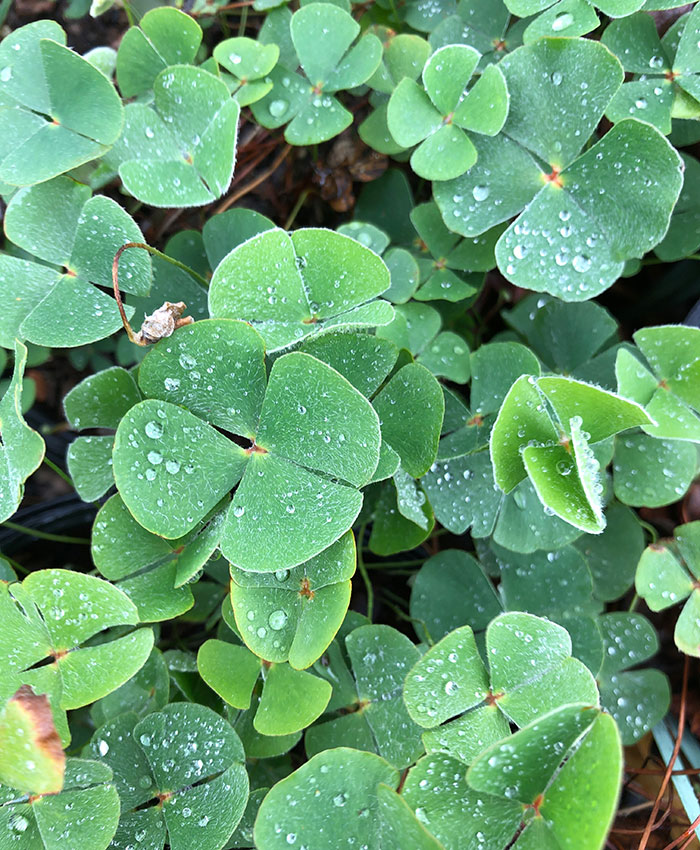
Low herbaceous
- Missouri violet (Viola sororia var. missouriensis, Zones 5–8)
- Texas frogfruit (Phyla nodiflora, Zones 8–11)
- Water clover (Marsilea macropoda, Zones 8–10)

Wetland edge
- American water-willow (Justicia americana, Zones 4–10)
- Water canna (Canna glauca, Zones 7–12)
- Copper iris (Iris fulva, Zones 5–9)
Here are a few excellent online resources for additional information on rain-garden design and installation in the Southern Plains:
- Rain Gardens: Keeping Water on the Land (City of Austin)
- Sustainable Landscapes: Designing a Rain Garden for Residential Property (Oklahoma Cooperative Extension)
- Blue Thumb Rain Garden Guide (Oklahoma Conservation Commission)
- Texas Rain Garden Plant List (Texas A&M AgriLife Extension)
—Karen Beaty is a horticulturalist at the Lady Bird Johnson Wildflower Center in Austin, Texas.
Fine Gardening Recommended Products

Black and Decker 22-inch Cordless Hedge Trimmer
Fine Gardening receives a commission for items purchased through links on this site, including Amazon Associates and other affiliate advertising programs.

Planting in a Post-Wild World: Designing Plant Communities for Resilient Landscapes
Fine Gardening receives a commission for items purchased through links on this site, including Amazon Associates and other affiliate advertising programs.

Pruning Simplified: A Step-by-Step Guide to 50 Popular Trees and Shrubs
Fine Gardening receives a commission for items purchased through links on this site, including Amazon Associates and other affiliate advertising programs.



















Comments
Log in or create an account to post a comment.
Sign up Log in